HRF (Human Rights Foundation) USB Campaign “Flash Drives for Freedom”
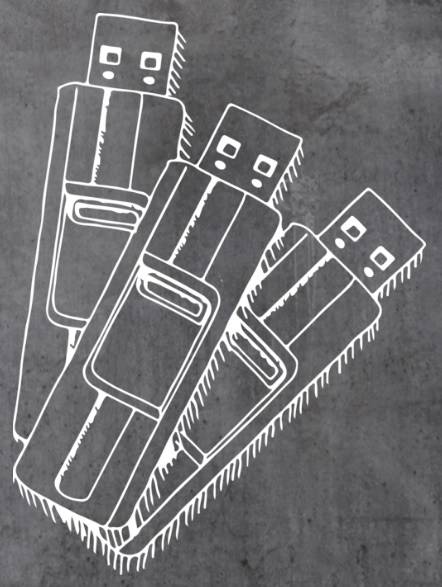
Prologue
The effective component of the secure perimeter of an aggressive Information Security strategy is the procedure of prohibiting the connection, use and any use of USB-drives, built-in readers (card readers) and additional devices on the protected equipment.
After all, external (user-brought) USB drives are often potential sources of infection (carriers of viruses and spyware) and chaos in the workplace.
In addition, the user can copy confidential information, remove a USB drive, lose it, etc.
')
Even when you just find a USB drive on the street, it is better to check it by connecting it to a device with Linux.
Well, well, and when there are a lot of USB drives on hand, don't throw them out? For example, I write down Linux Mint images on such unused USB drives and just distribute to my friends and acquaintances to install them.
But how can you use such unnecessary drives against the whole country ... About this story below.
After all, external (user-brought) USB drives are often potential sources of infection (carriers of viruses and spyware) and chaos in the workplace.
In addition, the user can copy confidential information, remove a USB drive, lose it, etc.
')
Even when you just find a USB drive on the street, it is better to check it by connecting it to a device with Linux.
Well, well, and when there are a lot of USB drives on hand, don't throw them out? For example, I write down Linux Mint images on such unused USB drives and just distribute to my friends and acquaintances to install them.
But how can you use such unnecessary drives against the whole country ... About this story below.
The abbreviation is hereinafter referred to as the Human Rights Foundation - HRF.
The organization for the protection of human rights is trying to exert influence on the part of the population of the most closed society in the world, using only USB-drives (donated, previously used, etc.).
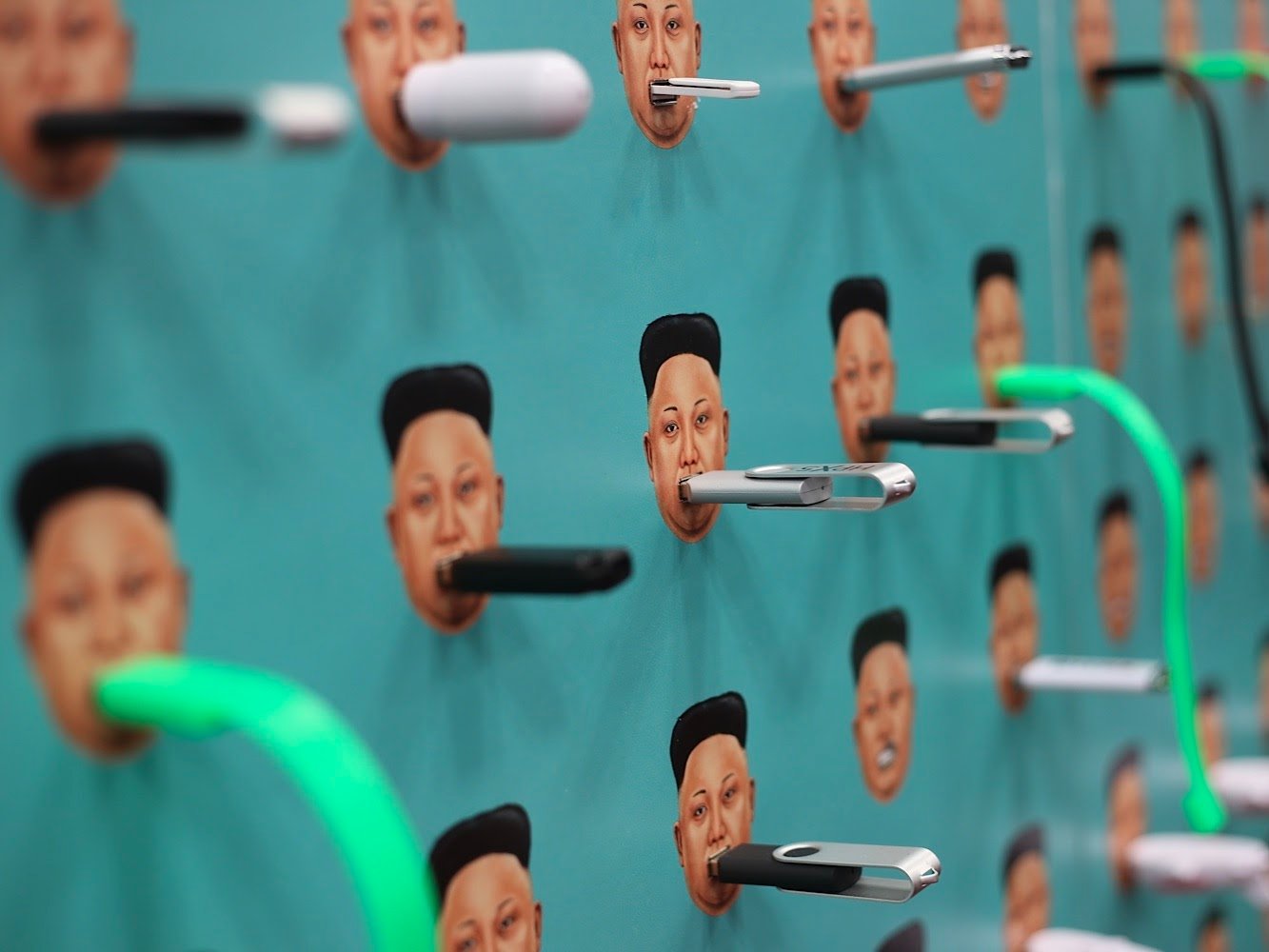
In 2016, the Human Rights Foundation launched the Flash Drives for Freedom mechanism (donate Flash Drives for Freedom) to destabilize the canons of North Korea’s totalitarian system, emphasizing the creation of a freer and more open society in the future. educational information without relying on the help of diplomats and without carrying out any military operations.
By the end of 2016, about 10,000 USB drives loaded with “disruptive” content were illegally delivered to the country.
“Truth is an incredibly dangerous weapon,” said Alex Gladshtein, director of strategic affairs for the Human Rights Foundation.
Often referred to as the “Hermit Kingdom”, North Korea is one of the most closed societies in the world.

North Koreans are forbidden to have "unapproved" electronic devices, even portable DVD players, but many of them buy such devices on the black market. In addition to playing DVDs, many such devices can plug in and read USB drives or external hard drives.
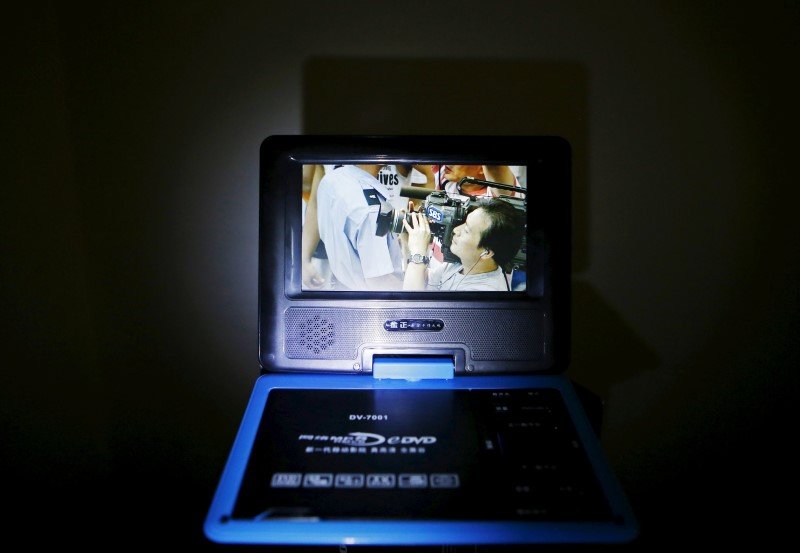
Since portable DVD players have become more popular with North Koreans, activist organizations outside the country have analyzed the possibility that these devices may be an ideal element of a Trojan horse to undermine current propaganda regimes.
In North Korea, there is a rapid growth in the black market of various goods, from clothing and cigarettes to modern electronics.
This is where the Flash Drives for Freedom mechanism begins.
HRF and its South Korean partners fill the black market with free USB-drives with simple and clear video or audio content. For example, the South Korean television show, because it is a very open and understandable way to convince the citizens of North Korea that their neighbors are normal people who have their own hectic life and economic growth.
HRF allows its South Korean partners, who are helped by defectors from North Korea, to find out which information is best copied to USB-drives. These are mainly recordings of South Korean soap operas, Wikipedia articles, copies of Bollywood and Hollywood films.
As soon as a sufficient batch is collected from USB drives, they are processed (all data is erased, all logos and inscriptions are removed, media campaigning is recorded), the HRF transfers batches from 500 to 1000 drives at a time to its partners.
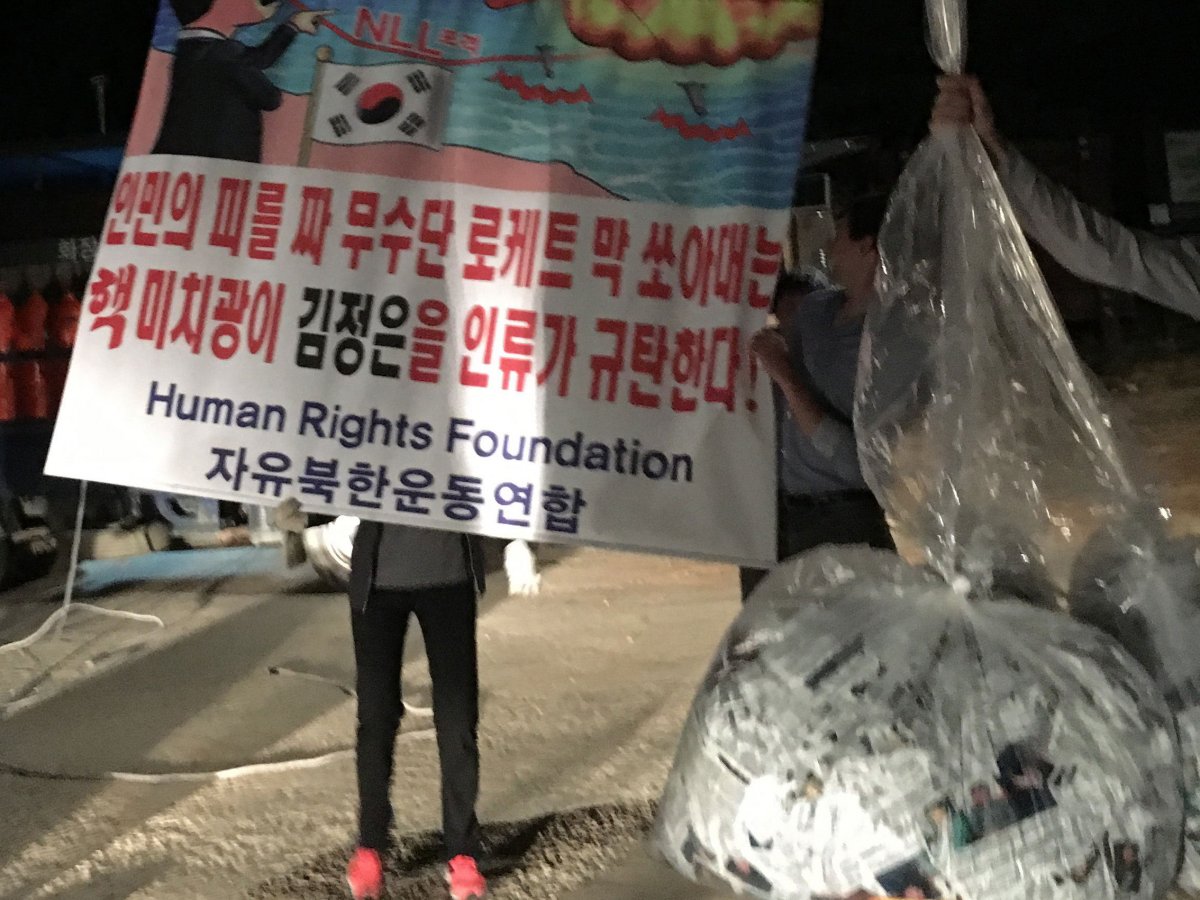
At first, balloons were used for such supplies.
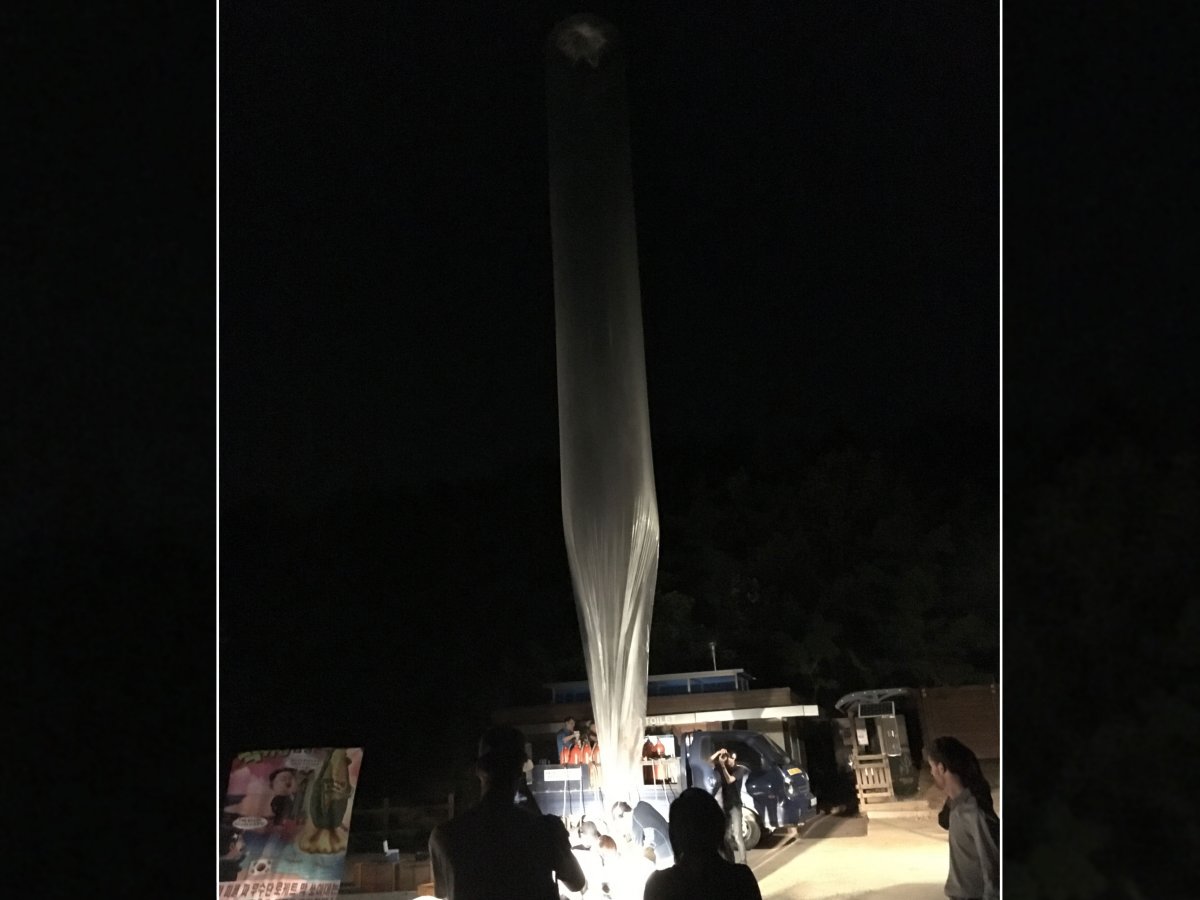
Now used drones that allow you to scatter USB-drives not at once in large batches, but in several pieces, for example.
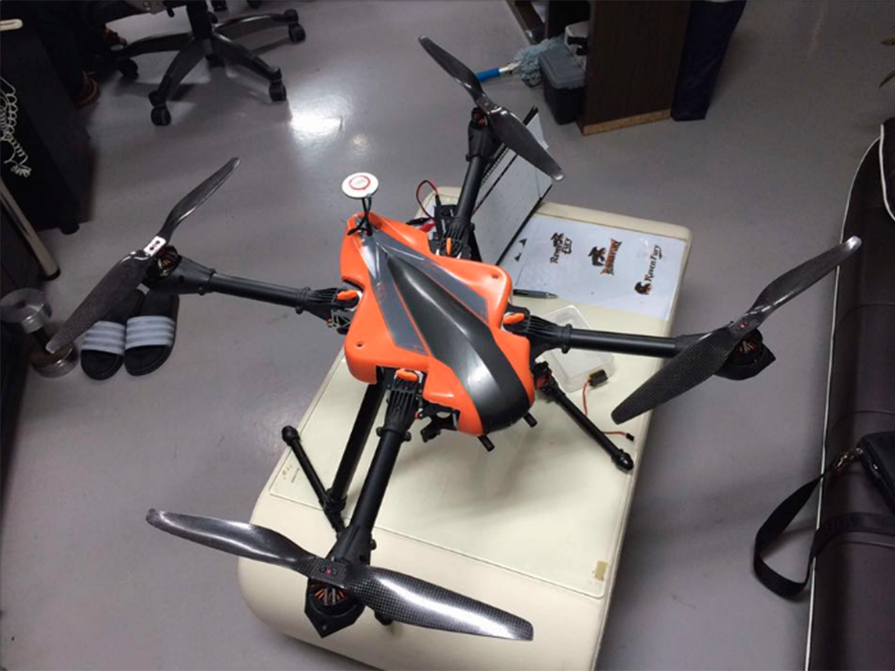
Drones are remotely piloted from South Korea to the border and further areas of North Korea, where the population inside the country takes them and helps distribute them. Drones usually come back to move the next batch of drives.
“Some of our partners have contacts that receive drives and scatter them around markets and other places inside towns and villages,” says Gladshtein. “Then, at dawn hours, local children find many of the drives and even sell them for profit, given that they are valuable. Brilliant! ”
Gladstein said that defectors and Western journalists who visited North Korea increasingly see changes inside. “Nearly every North Korean defector and refugee we have ever met came in contact with the foreign information we sent when they lived in North Korea,” he said.
Epilogue
More than two years this program has been running and continues to function.
You can read about it at this address:
flashdrivesforfreedom.org
As a result, in 2018, the “Flash Drives for Freedom” mechanism implemented:
- 125,000 flash drives were donated, processed and launched inside the perimeter of the country;
- 1.3 million people in North Korea received materials indirectly or read the content from flash drives directly;
- a total of 50 million hours are needed to read the materials that contained content in the drives;
- a total of 2.1 million hours of media content was recorded on the drives.
The question of the mechanism for erasing donated drives remains. As the possibility of their recovery beyond the perimeter.
You can read about it at this address:
flashdrivesforfreedom.org
As a result, in 2018, the “Flash Drives for Freedom” mechanism implemented:
- 125,000 flash drives were donated, processed and launched inside the perimeter of the country;
- 1.3 million people in North Korea received materials indirectly or read the content from flash drives directly;
- a total of 50 million hours are needed to read the materials that contained content in the drives;
- a total of 2.1 million hours of media content was recorded on the drives.
The question of the mechanism for erasing donated drives remains. As the possibility of their recovery beyond the perimeter.
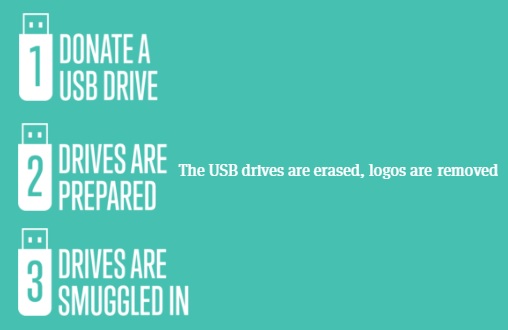
Source: https://habr.com/ru/post/420659/
All Articles